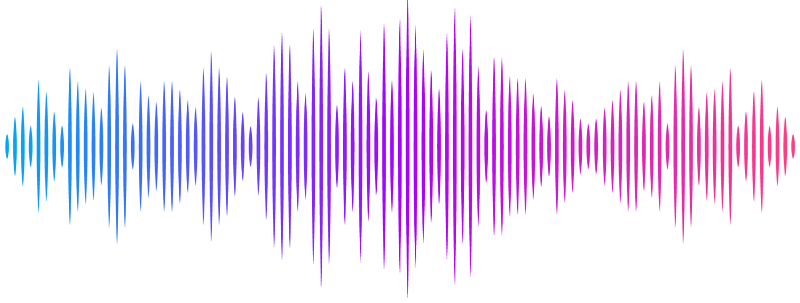Computational Design of Metallohydrolases

Computational Design of Metallohydrolases
Kim, D.; Woodbury, S. M.; Ahern, W.; Kalvet, I.; Hanikel, N.; Salike, S.; Pellock, S. J.; Lauko, A.; Hilvert, D.; Baker, D.
AbstractNew enzymes can be designed by starting from a description of an ideal active site composed of catalytic residues surrounding the reaction transition state(s) and identifying or generating a protein scaffold that supports the site, but there are a few current limitations. First, the catalytic efficiencies achieved by such efforts have generally been quite low, and considerable optimization by directed evolution has been required to reach activities typical of native enzymes. Second, generative AI methods such as RFdiffusion now enable the direct generation of proteins around active sites, but to date, such scaffolding has required specification of both the position in the sequence and the backbone coordinates of the catalytic residue, which complicates sampling. Here we introduce a generative AI method called RFflow that overcomes these limitations and use it to design zinc metallohydrolases starting from a density functional theory description of active site geometry. Of 96 designs tested experimentally, the most active has a kcat/KM of 23,000 M-1 s-1, orders of magnitude higher than previously designed metallohydrolases. This 148 amino acid protein has a novel fold with an enclosed chamber which positions the reaction substrate nearly perfectly for attack by a catalytic water molecule activated by the bound metal and is predicted by ChemNet to have a highly preorganized active site. The ability to generate high activity catalysts starting from quantum chemistry calculated active site geometries without experimental optimization should open the door to a new generation of potent designer enzymes.